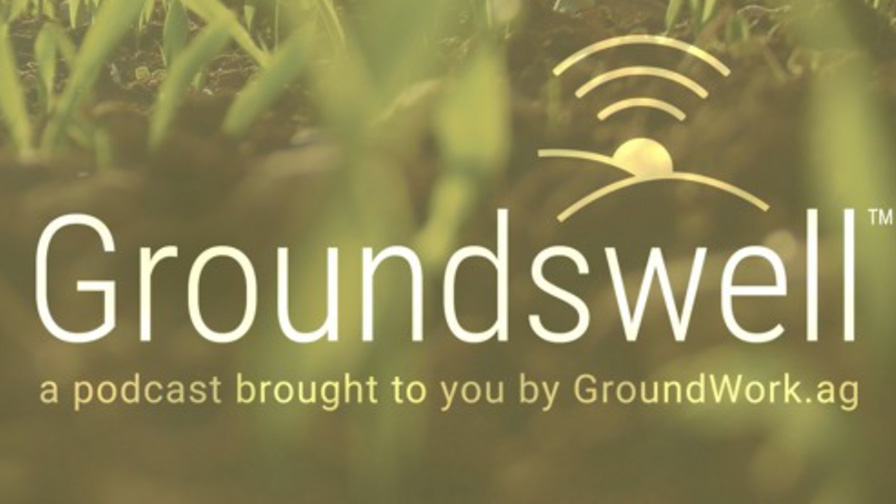Ag Retailers See 20% Fertilizer Revenue Growth In 2012
Here’s a fun riddle — what does the fertilizer category during 2012 have in common with a Nerf ball? Answer: Both are quick to return to their original state no matter how hard you squeeze them.
According to the 2012 CropLife 100 ag retailers survey, the fertilizer category had an exceptional year. Already the market share leader among all crop inputs/services, retailers recorded fertilizer sales of $15.2 billion during 2012, an impressive 19.7% higher than they had in 2011. Furthermore, fertilizer has increased its overall market share of all revenues among CropLife 100 retailers to 55%, up 2% from the 53% market share the category held in 2011.
By all measures, 2012 was a very strong year for the fertilizer category. And to many observers, this is sure to be something of a surprise, especially given how the marketplace mood towards crop nutrients was playing out a few months back. As most everyone will recall, the late spring and early summer of 2012 put severe pressure on grower-customers and their crops. For the better part of four months, more than half of the Continental U.S. was in the midst of a major rain shortfall. Particularly hard hit were the major corn producing states of Indiana and Illinois (in the South of the state) and portions of the Deep South such as Central Georgia and Northern Arkansas. Likewise, major wheat producing areas of Western Kansas and Oklahoma saw little to no rainfall. As a result, many crops were left to wilt in the field with growers choosing to cash in on crop insurance rather than try to save crops that had no chance to come to harvest.
Early Worries …
Naturally, this “abandoned” field approach had many ag retailers concerned that some of their grower-customers would simply forego all fertilizer application work during the autumn months as a result of the drought. “I’m sitting in the San Antonio airport to return from the meeting, and the drought and its impact was a major discussion point here,” wrote Tim McArdle, COO/vice president for BRANDT, Springfield, IL, while coming home from mid-July’s Southwestern Fertilizer Conference. “The crops in Central Illinois are hurt badly. The average yield will, at best, be one-half, with many fields in the 0- to 50-bushel range.”
Some ag retailers experienced a drop in sales almost immediately. “We had a drop in summer fertilizer,” wrote Scott Firlus, CFO-COO for Wisconsin River Coop, Adams, WI, on one of the earliest CropLife 100 forms to be returned to our offices.
Other ag retailers also were expecting the Drought of 2012 to have a similar impact on their fertilizer opportunities to hit their fertilizer bottom lines by harvest time. “We were on our way to being up 25%, but we will probably end up being up around 13% because of the drought,” wrote Kathleen Sims, president of Sims Fertilizer & Chemical, Osborne, KS.
Jim Shelton, COO for Pearl City Elevator, Inc., Lena, IL, echoed this view on his company’s CropLife 100 form. “Fall phosphate and potash application will be 60% of normal,” wrote Shelton.
… But Rebounding Nicely
Still, when the final numbers were tabulated from the 2012 CropLife 100 forms, the fertilizer category had its best sales years ever. Likewise, the sector’s overall market share is up and looks as if it will be approaching the 60% mark within the next year or two.
How did this happen? In a word, says Devin Mogler, vice president, agronomy operations for Farmers Cooperative Co., Ames, IA, money. The past few years, with commodity prices staying near record highs for much of the time and grower-customer incomes on the upswing, there was less reluctance on the part of this group to spend the money needed to keep their fields fertilized, despite how this year’s crops ended up performing.
“Yields on corn in our area have been disappointing, coming in between 25% and 75% of normal,” said Mogler. “Soybean yields are slightly off also, but the producers still have a lot of income to offset these losses. So we ended up seeing only slight reductions in fertilizer application thus far this fall.”
So despite being squeezed by a reduced crop base and drier than normal conditions in many fields, the fertilizer category still kept its robust shape during 2012, just like a Nerf ball. Naturally, the question must be asked then — if 2012 couldn’t dampen the fertilizer category’s fortunes among CropLife 100 retailers, can anything?
According to Dave Coppess, executive vice president, sales & marketing for Heartland Co-op, West Des Moines, IA, it’s possible in 2013 — particularly if there is any kind of “market hangover” from the Drought of 2012.
“Since many growers lost their crops and left them in the field in 2012, they might decide that the crop nutrients they applied for the year will be adequate to give them good yields going forward,” says Coppess. “So yes, there are some questions about fertility needs for the 2013 crop.”






